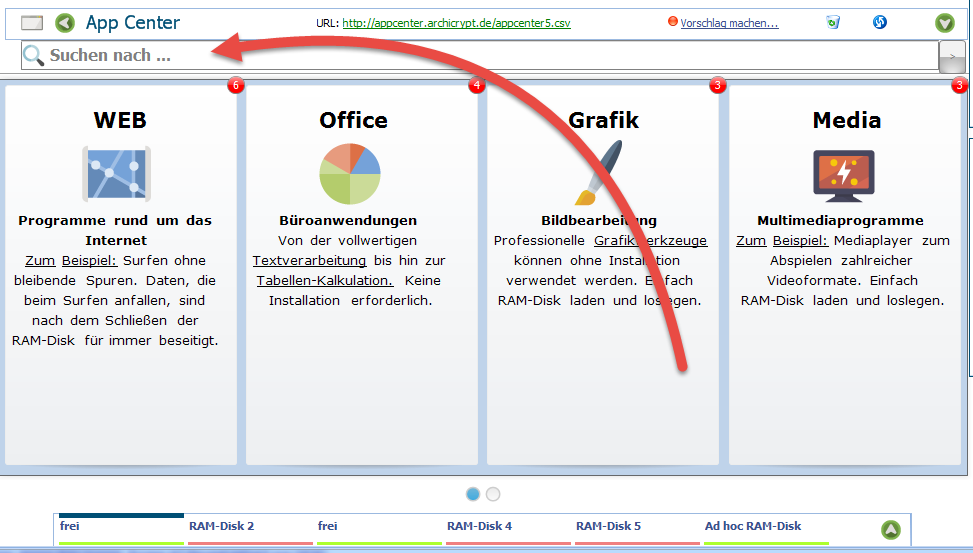

Literature Review and Background Knowledge 2.1. Finally, the Conclusions section summarizes our findings regarding the private browsing mode while providing some pointers for future work within this particular area of research. The Discussion section briefly explains and reviews our investigation goals in order identify if the findings of our work are conclusive and if they warrant further research and investigation into this particular topic of browser forensics. The Analysis and Results section is focused on the conducted experimental analysis, which presents and discusses the results that were obtained from our tests along with their respective key findings. The Methodology and Architecture section discusses and outlines the approach taken to analyze each web browser to identify associated artefacts left behind from a terminated web session and the tools and methods used to investigate the functionality of each browser while comparing the results. The remaining hierarchy of this paper is organised into the following sections: The Literature Review and Background Knowledge section provides a review of the related literature as well as background information related to web browser forensics and private web browsing. Within forensic science, there is a well-known principle called the Locard’s exchange principle, “it is impossible for the criminal to act, especially considering the intensity of a crime, without leaving traces of his presence”, as discussed in. As with most of the job roles in the security profession, it appears to be a game of cat and mouse between the legitimate user and the bad actor. Moreover, whilst there are many tools available for assisting a security professional with their investigation, there is also an increasing amount of anti-forensic tools appearing online by the hacking community that help a malicious actor cover their tracks.

Using whole disk encryption can help an individuals keep the data they store on their hard drive private, but at the same time it can also render a digital forensics investigators’ life challenging. One such example would be the increasing uptake and advancement of encryption technology, such as Bitlocker. Digital forensics can be extremely challenging in the modern computing environment.


 0 kommentar(er)
0 kommentar(er)
